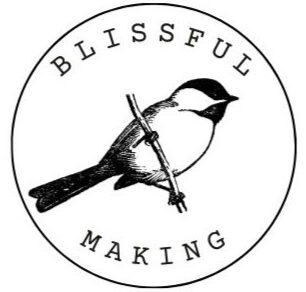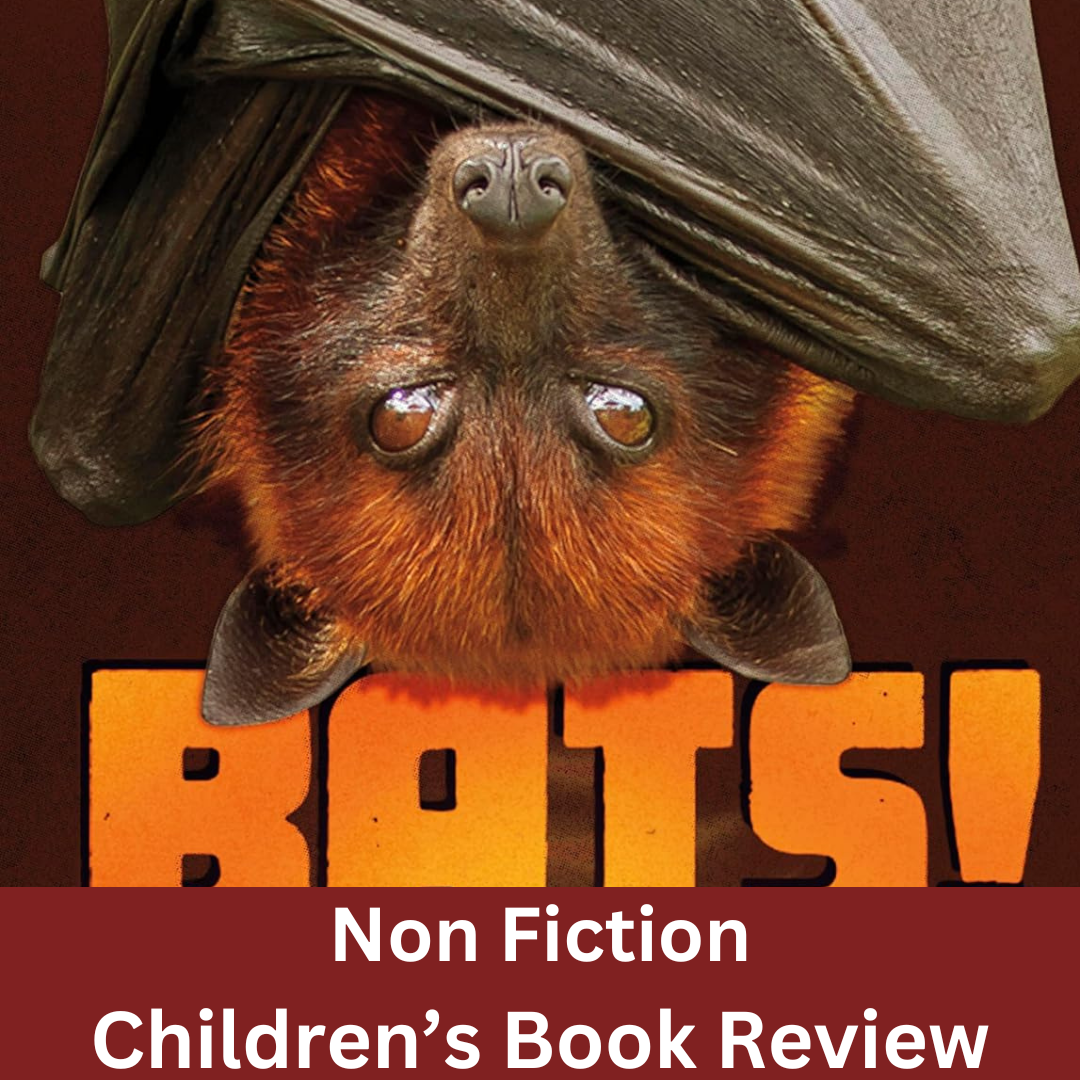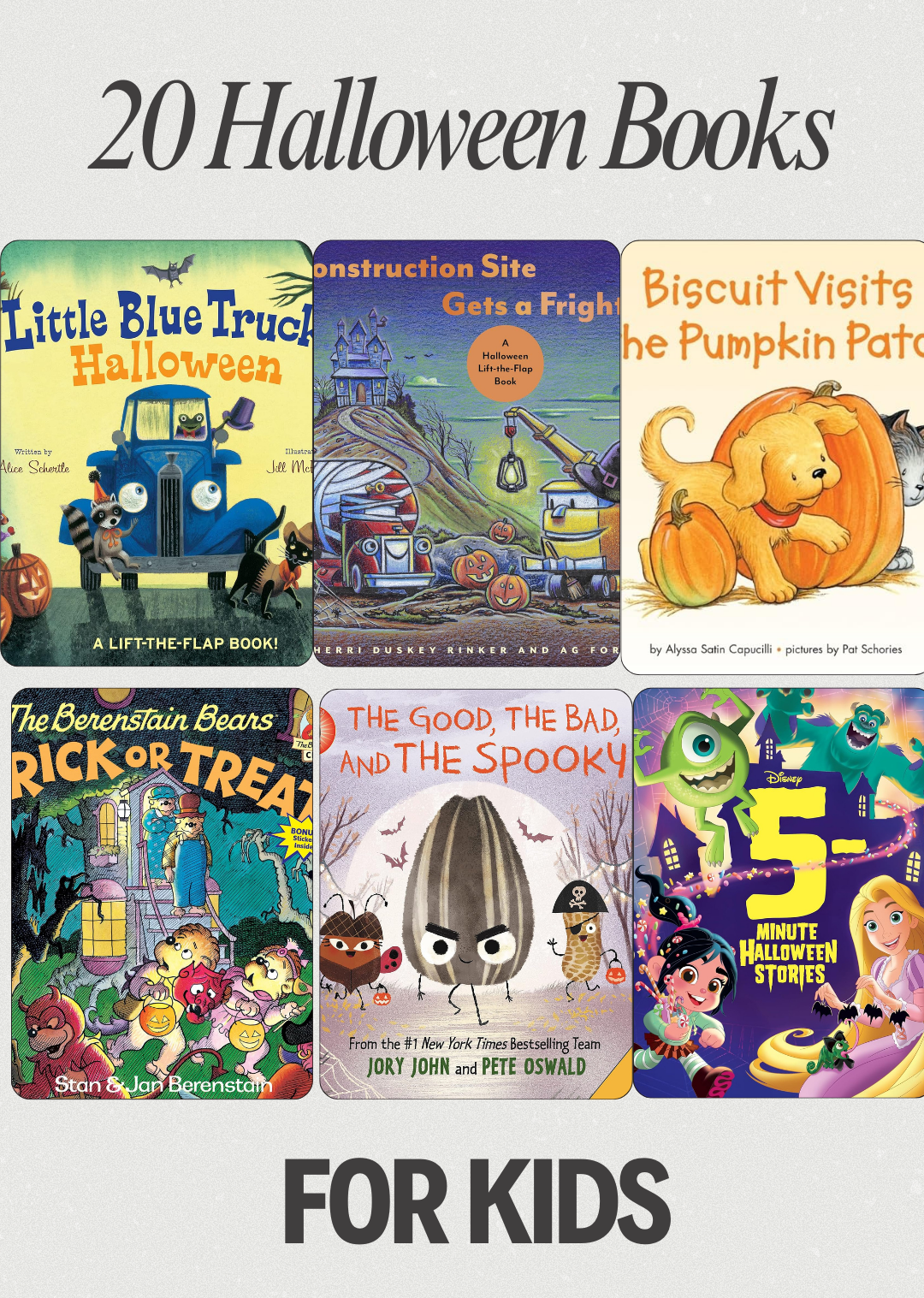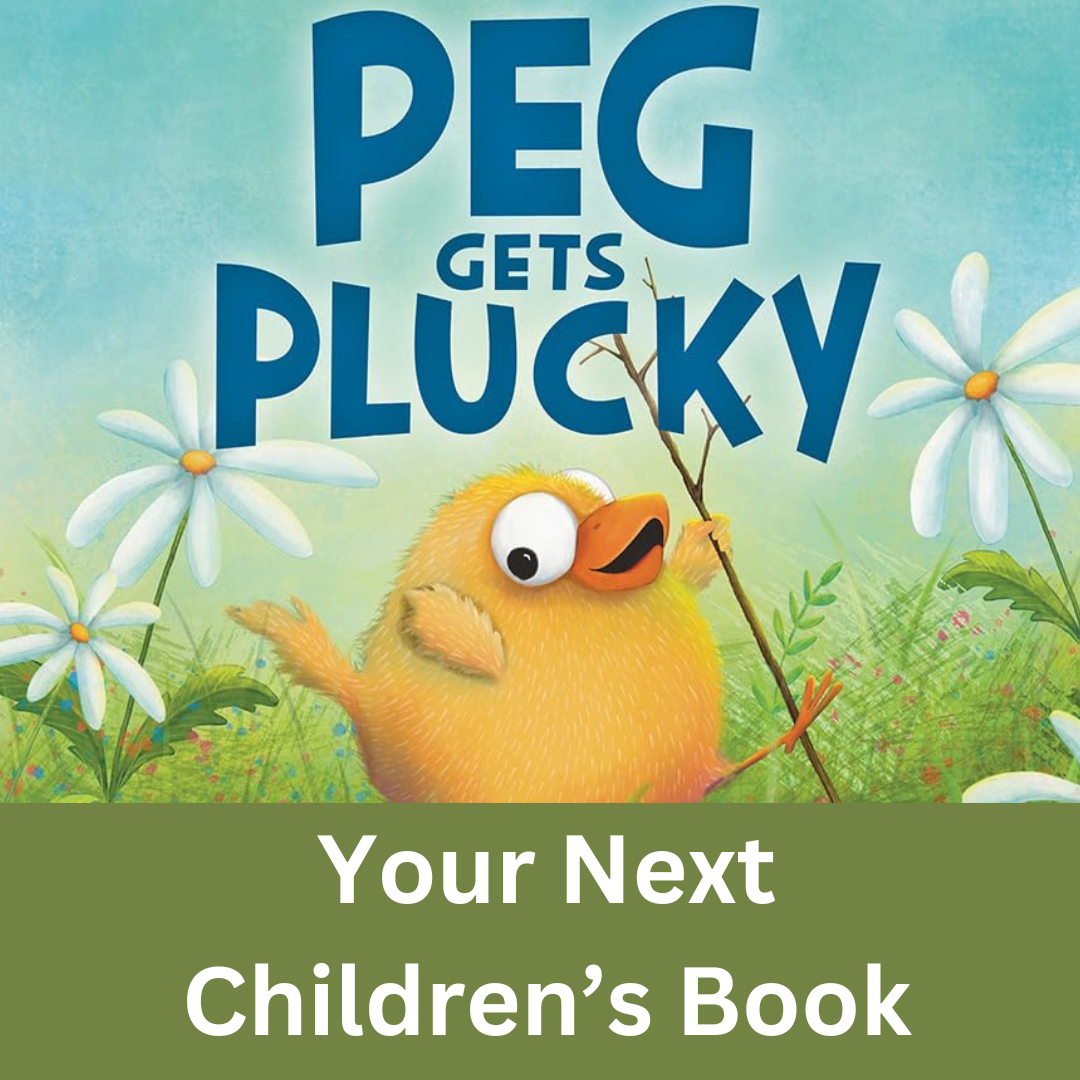Spring Insect Activities for Kids
As the weather warms up, the world outside comes alive with butterflies, bees, beetles, and all sorts of fascinating little creatures. And if you’re homeschooling, or just looking for meaningful ways to spend time with your kids, this season is perfect for diving into some hands-on, nature inspired science.
Whether you’re raising a budding entomologist or just want to explore the backyard in a new way, these bug themed science activities blend learning with creativity, discovery, and plenty of fun.
Observe Bugs
Before diving into crafts or experiments, take some time to explore. Spring is the perfect time to grab a magnifying glass and go on a bug hunt.
Look under rocks, in flower beds, or on tree bark. (Although, depending on where you live you may not want to look under some things. Be sure to be weary of venomous creatures). Watch how bees fly from flower to flower. See if you can find a ladybug crawling on a leaf or ants working as a team.
Make it extra fun by bringing a bug observation journal. You can have them make one out of a few sheets of paper. Kids can draw what they see, count how many bugs they find, or describe what each one is doing.
What they’re learning: observation skills, insect anatomy, habitats, and behavior
Make a Butterfly Life Cycle
Teach your kids the stages of a butterfly’s life with a simple hands-on craft.
Use pasta shapes to represent each stage:
- Egg – small white bead or mini pom-pom
- Caterpillar – spiral pasta
- Chrysalis – shell pasta
- Butterfly – bowtie pasta
Glue each stage in order onto a paper plate, and label them together. You can even decorate your butterfly with markers, glitter, or paint to make it extra colorful.
What they’re learning: life cycles, sequencing, vocabulary (egg, larva, pupa, adult)
Build a Bug Hotel
This one’s a fantastic outdoor STEM project that gives bugs a place to live and gives your kids a peek into micro habitats.
Use an empty milk carton, tin can, or wooden box as a base. Fill it with natural materials like:
- Pinecones
- Twigs
- Rolled-up paper or cardboard
- Bark
- Dried grass
- Bamboo straws
Place your bug hotel in a quiet spot in the garden or near a bush. Then check on it over the next few weeks to see who moves in!
What they’re learning: ecosystems
Pollination Science Experiment
Want a fun and slightly messy way to show how bees spread pollen?
Have your child pretend to be a bee and use their fingers to pick up a cheese puff or dip their fingers in orange powdered drink mi.. Then have them “fly” to a paper flower and press their fingers on it.
They’ll see the orange powder transfer to the flower just like pollen.
Repeat with different paper flowers to show how bees help plants reproduce by spreading pollen.
What they’re learning: the process of pollination
Coffee Filter Butterfly Craft
These sweet little butterflies are easy and beautiful—and a great chance to talk about symmetry and insect anatomy.
You’ll need:
- Coffee filters
- Washable markers
- Spray bottle with water
- Clothespins
- Pipe cleaners for antennae
Let your child decorate a coffee filter with markers, then lightly spray it with water. Watch the colors blend into a soft watercolor look. Once dry, pinch the center with a clothespin and add pipe cleaner antennae.
What they’re learning: art, symmetry, creativity, and how real butterflies often have mirrored wing patterns
Bug Books
Pair your hands-on learning with a few great spring books about bugs and pollinators. A few favorites:
- The Very Hungry Caterpillar by Eric Carle
- What If There Were No Bees? by Suzanne Slade
- Backyard Bugs by Jill McDonald
- The Big Book of Bugs by Yuval Zommer






